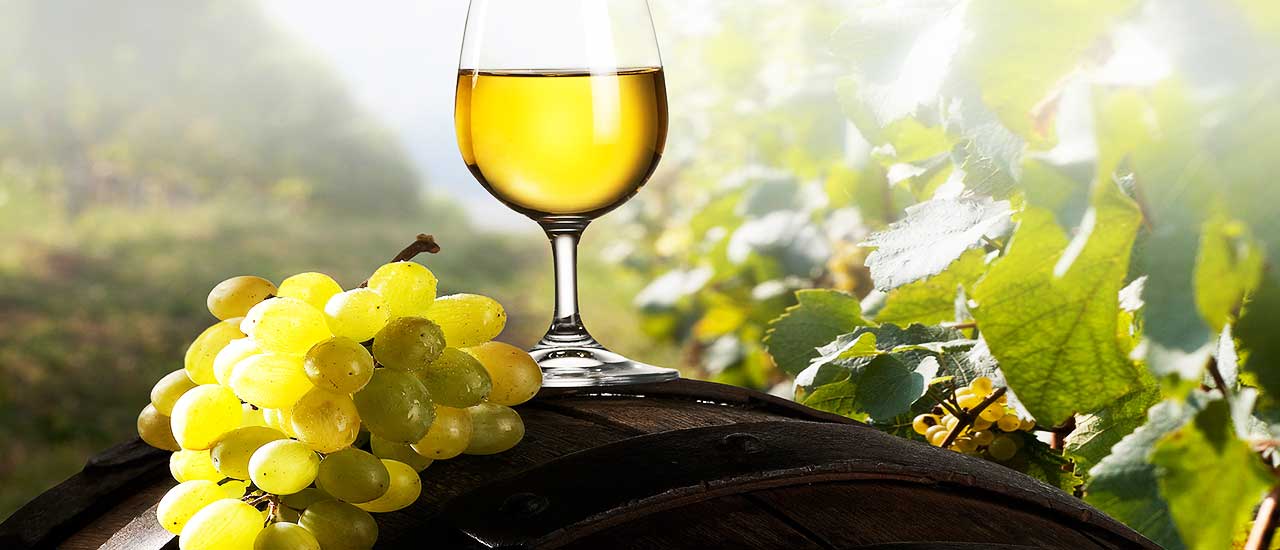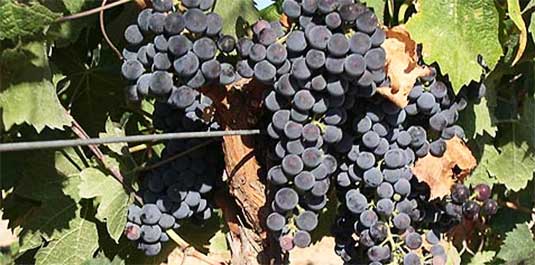CONTACT
DOWNLOADS
- Brochures - download - PREVIEW
- Brochures - download - PREVIEW
- Maps
- High resolution photos
- Calendar of events


In Dalmatia, where the sun burns the rocky cliffs, where the karst is the master, where the land is thirsty and where any crop may hardly survives, the grapevine has found its refuge. The vineyards along the Adriatic cost are distinctive and they represent ecologically picturesque oases that are not only a source of livelihood for the locals but also the ornamets of this region.
The almost ideal climatic conditions and the soil composition are quite favorable for the cultivation of high quality varieties of grape that produce wines of a distinct personality and outstanding quality.
However, without hard work, there would be no vineyard goods, since nature rewards human effort with authentic and special wines of high quality. This is why it is so often said that the grapevine has laid its roots in the land and in the hearts of the people.
The vineyard areas of Dalmatia are classified into three vineyard sub-regions: North Dalmatia; the Dalmatian Zagora, and Middle and South Dalmatia. These zones are not only related geographically, but they also have common vineyard characteristics.

The vineyards of the Dalmatian Zagora are located in the Adriatic hinterland. Descending down the step slopes of Biokovo, leaving the karst and the stone, and seeing the beautiful Imotski field that mainly features plantation vineyards, with the mostly authentic Kujunđuša grapewine variety, fills one with pleasure.
The hinterland also features the Vrgorac field called Jezero (lake), due to frequent flooding that causes people to pick fruits from the boat. The most common varieties of wine grapevines that are found here are: vranac, maraština, plavina and others.
The vineyard regions of South and Middle Dalmatia include the shoreline and the islands.
Although the Brač vineyard covers the entire island, it has the largest concentration of vineyards in the southern part on the slopes that descend from mount Vidova down to the sea, and some of them are stamped between the cliffs which dizzily descend towards the beautiful and famous Bol beach - Zlatni Rat. Due to the steepness, the vineyards, that are almost exlusively composed of the grapewine variety plavac mali, are perfectly aligned with the sun and these grapes thus produce mostly dark red, thick and pleasant bitter wine.

Due to its authentic Mediterranean climate and the highest insolation in Croatia, the island of Hvar has 2697 annual hours of sunshine and the ideal conditions for the cultivation of grapewines.
A walk through the grapewines in the Stari Grad Plain brings us back into the past, since the first grapewines were cultivated here, in the years before Christ, by the inhabitants of the Greek community of Pharos, whose remains are to be found near the same grapewines.
Today, the authentic white varieties are predominant here: bogdanuša, drnekuša, mekuja, maraština and others.
The completely different, a more stern and picturesque vineyard areas, with the predominant variety of plavac mali are located on the southern part of the island, where the vineyards steeply plunge down towards the sea.
It is difficult to even arrive to many of these "Hvar beach" places, let alone have them cultivated manually, which is virtually the only possibility here. Plavac mali, which comes from these places, is a red ruby and its taste can be described as full, robust, rich and slightly bitter, featuring from 12,5% to 14,5% of alchohol.
Northern Damatia has a distinctive climate and soil composition and its subsequently customized viticulture. The largest concentration of vineyards is found in Ravni Kotari and Petrovo field near Drniš. Along with traditional cultivation, this place features modern plantations of grapewines planted along the back (vineyard fittings) with the authentic varieties (debi, plavina and others), and more recently, varieties found mostly in other countries have been planted (merlot, grenache, carignane, rkaciteli, cabernet sauvignon and others).
The Šibenik vineyards consist of the island area, where the vineyards are primarly stationed on terraces, and the mainland area with grapewines in plains and fields.
The Šibenik field is the most prominent since it resembles (because of its vineyards) a carpet composed of green squares.
This place contains the most authentic and traditional varieties (maraština, debit and trbljan from the white varieties and babić, lasina and plavina from the black varieties).
In neighboring Primošten, the farmer who deals with the barren nature, with the hills that gently descend towards the sea, has created squares lined with stone walls with geometric accuracy. These suqares protect the shallow piles of land that were brought by the farmer who has planted the babić grapewine varieties in that land. The red dry wine called Babić, obtained from the grapes of the Primošten geometrical terraces, is a dry, fiery and full wine with 12,5% to 14% of alcohol and it is characterized by a special dark ruby color, by an exceptionally full taste and a strong scent, a slight acidity with a fine bouquet that is obtained by maturing in oak barrels.
The island of Vis is situated further offshore, as a lost lone ship that defies winds and waves.
The vineyards are scattered throughout the entire island. They can be found on the steep slopes towards Komiža, but also in the field at the former army airport.
The island features more white varieties (vugava, kurtelaška, maraština, trbljan and others) but there are also red grapes (mostly mali plavac).
The vineyard symbol of this southernmost Adriatic island is the Vugava white wine that is characterized by a distinct gold color, special smell and a soft flavor of a special variety aroma.
 The Neretva vineyards are mostly situated at the delta of the Neretva river. People have taken aways lands from the sea "inch by inch" and created a fertile field here. In some areas, the small fields are surrounded by brackish water and they resemble islets. That's why people often travel to this field by a triangular boat called "trupica". This place offers numerous wine grape varieties, the majority being plavina, cabernet sauvignon, merlot, maraština i others.
The Neretva vineyards are mostly situated at the delta of the Neretva river. People have taken aways lands from the sea "inch by inch" and created a fertile field here. In some areas, the small fields are surrounded by brackish water and they resemble islets. That's why people often travel to this field by a triangular boat called "trupica". This place offers numerous wine grape varieties, the majority being plavina, cabernet sauvignon, merlot, maraština i others.
 When entering the Pelješac peninsula from the mainland, one arrives at the vineyard world that is especially known for the production of red wines, which are, according to many, among the best in Europe.
When entering the Pelješac peninsula from the mainland, one arrives at the vineyard world that is especially known for the production of red wines, which are, according to many, among the best in Europe. When the sea channel splits, we arrive from Orebič to Korčula. That's when we enter the world of top quality white wines.
When the sea channel splits, we arrive from Orebič to Korčula. That's when we enter the world of top quality white wines. The vineyards of Konavle represent the southernmost coastal Dalmatian area of vineyards.
The vineyards of Konavle represent the southernmost coastal Dalmatian area of vineyards.